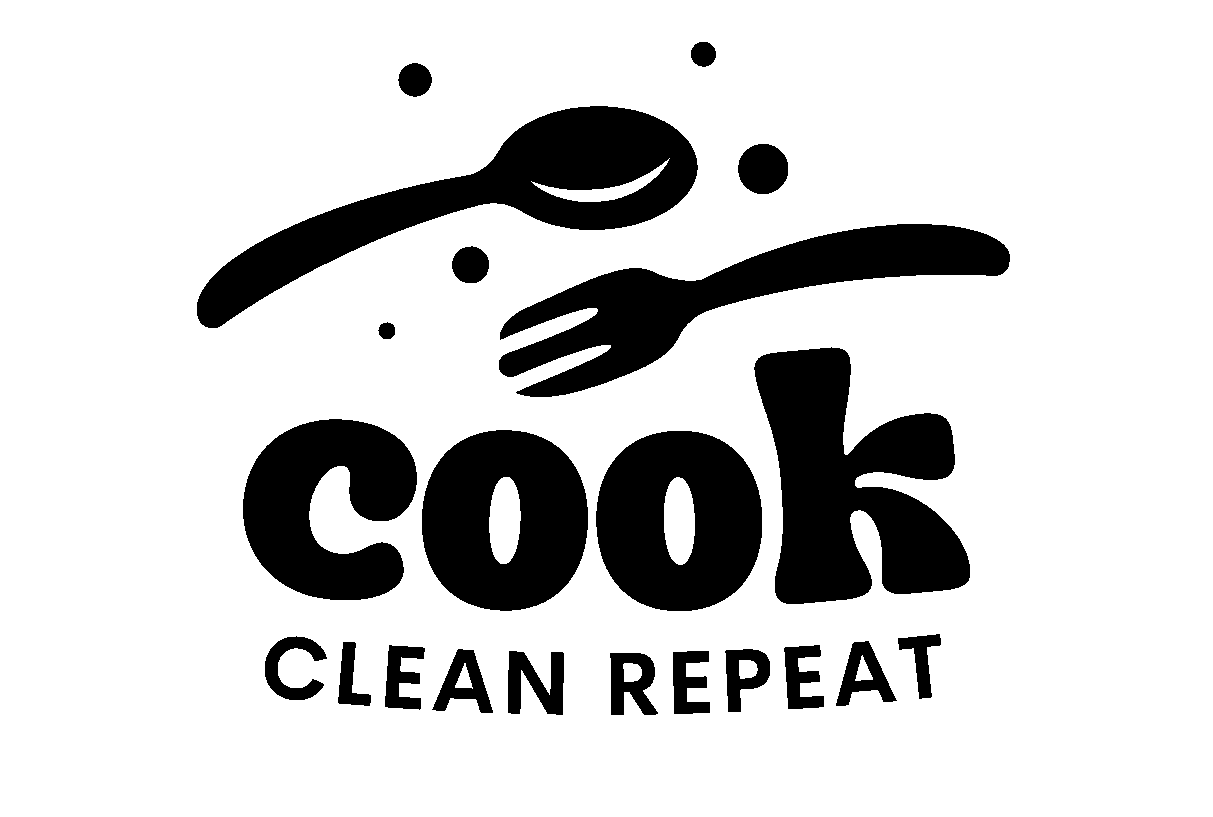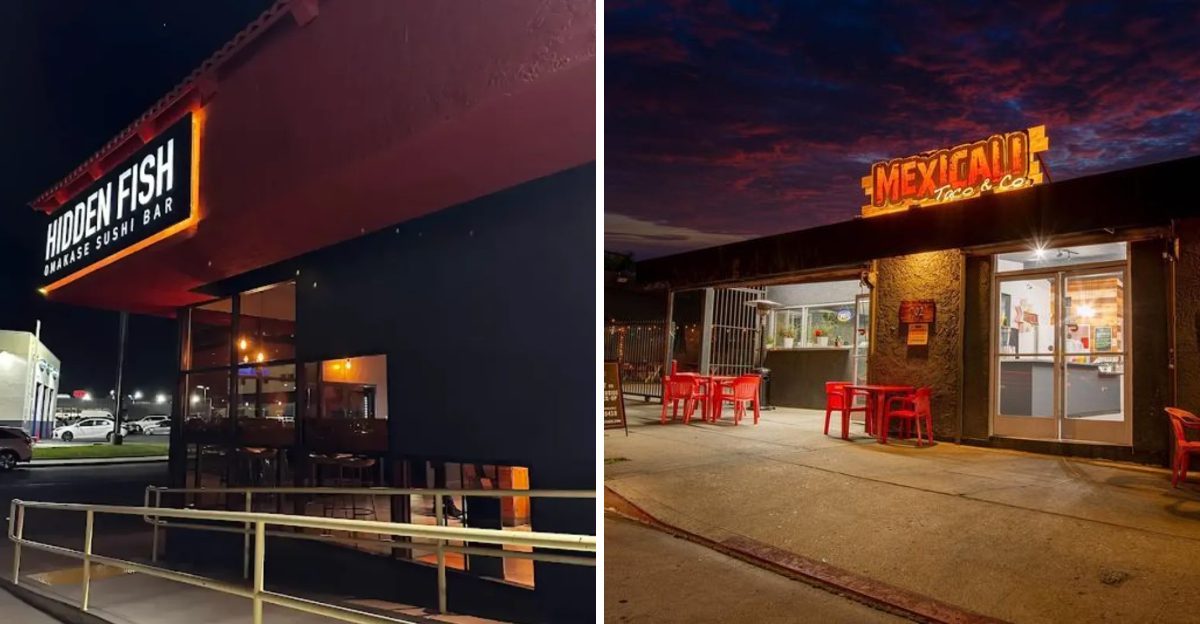20 Green Flags You’re About To Eat At A Great Restaurant
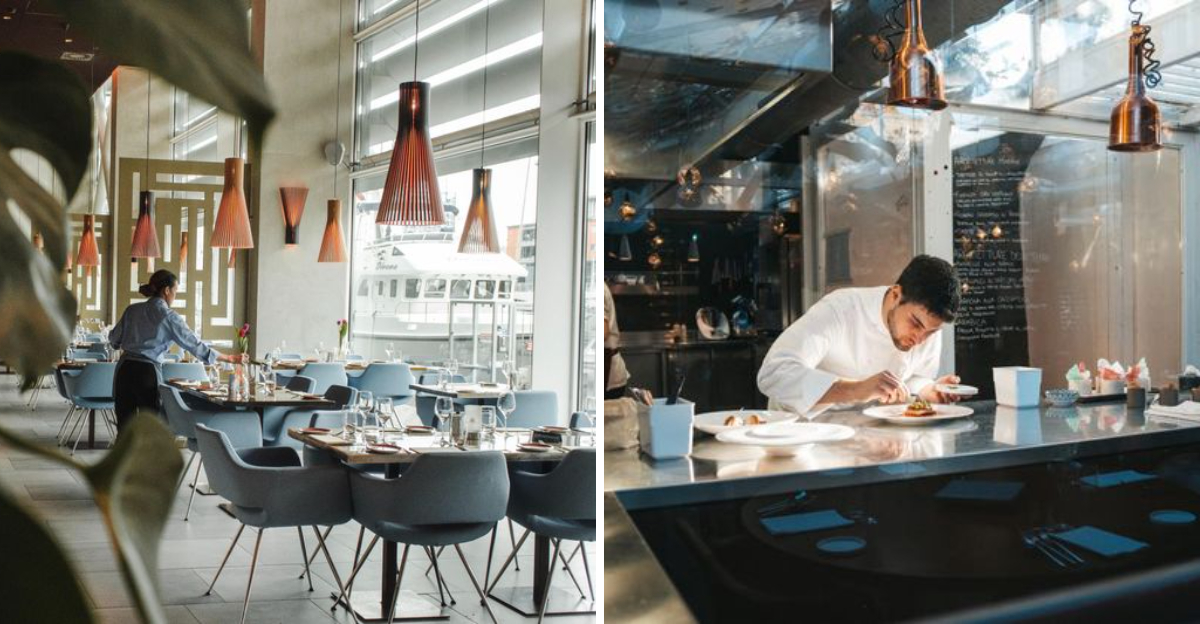
You can feel a great meal before the first bite. Subtle signs—scents, sounds, and small gestures—announce whether a place truly cares about your experience.
Spot these green flags and you’ll save money, time, and taste buds. Read on to decode the signals that reliably predict delicious food and outstanding service.
1. Warm, genuine greeting at the door

A sincere welcome within seconds of arrival signals a culture that values guests. Hosts make eye contact, smile, and acknowledge your reservation without fumbling.
They manage waits transparently, offer seating options, and set expectations with confidence. You’ll notice calm pacing and a lack of chaos in their tone.
This warmth isn’t scripted; it feels natural and attentive. It primes the entire service flow, reflecting strong training and empathy.
Restaurants that greet well usually plate well, too. When the first impression is effortless, it hints at systems that support consistency in both hospitality and the kitchen.
2. Clean menus and uncluttered tables

Menus that are clean, legible, and thoughtfully curated indicate pride and attention to detail. Sticky or tattered menus often mirror sloppy kitchen habits.
Tables should be reset with precision: aligned silverware, spotless glassware, and no crumb residue. This minimalism reduces friction, helping diners focus on food and conversation.
It reflects standards that likely extend to sanitation and prep. A well-designed menu also means the kitchen knows its strengths.
Shorter, seasonal selections reduce waste and elevate quality. When menus and tables look cared for, your meal usually will be, too. Cleanliness is hospitality’s quiet promise.
3. Confident, concise menu

A focused menu shows the kitchen cooks what it knows exceptionally well. Too many options dilute quality and strain prep lines, storage, and staff training.
Concise menus typically highlight seasonal ingredients and house specialties, revealing clear culinary identity. When servers can explain each dish without hesitation, that’s another positive sign.
You’ll see balance: a few proteins, vegetarian options, and thoughtful sides. Pricing will match portions and sourcing transparency.
This clarity avoids panic orders and inconsistent plating. A strong point of view beats quantity every time. Trust the restaurant that chooses mastery over maximalism.
4. Seasonal ingredients highlighted

Menus that spotlight seasonal produce suggest freshness, better flavor, and ethical sourcing. Look for phrases like “house-made,” “daily catch,” or named farms and regions.
Specials that change with the market indicate flexibility and culinary curiosity. Seasonal cooking tightens supply chains, reducing storage time and waste.
You’ll likely taste brighter, more nuanced dishes with proper textures. Chefs committed to seasonality also tend to respect technique and timing.
This approach brings value, not just trendiness. When the menu reads like a love letter to what’s ripe now, you’re poised for memorable bites that won’t taste the same year-round.
5. Balanced aromas, not heavy perfumes
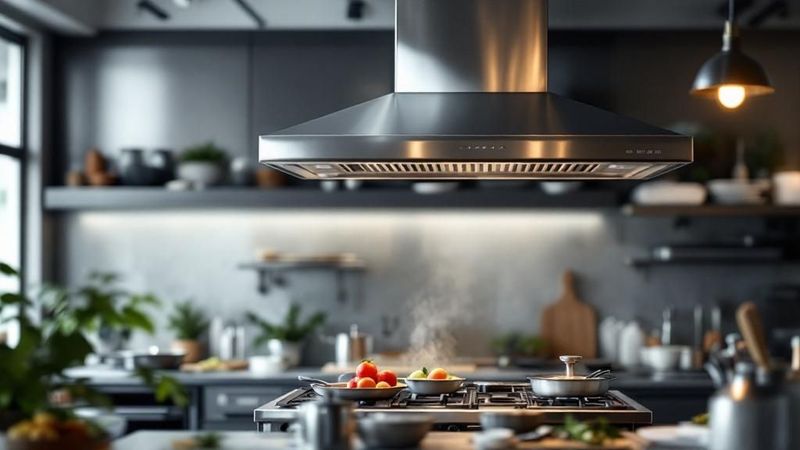
The air should smell appetizing—warm bread, seared proteins, fresh citrus—not cloying perfumes or cleaning chemicals. Overpowering scents can mask poor ventilation, stale oil, or cover-ups.
A balanced aroma indicates proper hood systems, fresh frying mediums, and clean floors. You’ll notice no lingering smoke or acrid notes.
This suggests the kitchen controls heat and timing well. Subtle, food-forward aromas stoke hunger and comfort.
If the scent profile whispers rather than shouts, the cooking likely respects ingredients. Trust your nose: harmonious smellscapes correlate with disciplined technique, sanitary practices, and a kitchen that moves purposely.
6. Servers who know the menu cold

Great servers do more than recite—they guide. They can describe textures, spice levels, and cooking methods without guessing.
When asked for recommendations, they tailor suggestions to your preferences, dietary needs, and budget. They volunteer crucial details like portion size and pacing, preventing misorders.
Knowledgeable staff also anticipate questions about substitutions, allergens, and wine pairings. Their confidence reveals frequent tastings and tight front-of-house training.
You’ll feel supported, not upsold. That competence echoes back to the kitchen’s consistency. If the staff speaks fluently about the food, the team communicates well behind the scenes.
7. Visible, calm kitchen rhythm

Peek toward the pass or open kitchen: organized stations, steady movements, and quiet communication are golden. You want focus without frenzy, clean towels, and labeled containers.
Chefs call tickets clearly, and dishes land at the pass in sync. Minimal shouting suggests systems work. This choreography shows mise en place mastery and timing discipline, critical for proper seasoning and hot food arriving hot.
Watch for tidy plating areas and cooks wiping rims before dishes go out. A calm kitchen isn’t slow; it’s controlled. That steady heartbeat typically yields consistent, delicious plates service after service.
8. Glassware and cutlery sparkle

Spotless glasses and polished cutlery signal pride and strong dish station management. Cloudy glassware or water spots suggest rushed washing, poor rinses, or old chemicals.
Shiny surfaces mean consistent polishing, proper storage, and careful resetting. It’s more than aesthetics: clean glasses preserve aroma in wine and cocktails, and smooth cutlery enhances mouthfeel.
This level of care often extends to plateware and serving utensils, stabilizing overall presentation. When the small details shine, the big flavors usually follow. Consider it a microcosm of standards—if they nail the polish, they’re likely nailing the sauté pan, too.
9. Water service without prompting

Thoughtful hydration is hospitality 101. If water arrives promptly, with an offer of still or sparkling and timely refills, you’re in good hands. It shows floor awareness and teamwork across sections.
Servers who quietly top off glasses respect your flow without interruptions. Bonus points for chilled carafes or filtered options. This attention to basics reflects training and guest-centric culture.
Well-paced water service usually parallels good pacing for courses and check timing. It’s a small, telling sign that the fundamentals won’t be neglected when entrees hit the table and the dining room gets busy.
10. Bread or amuse that’s actually good

Quality bread, butter, or a thoughtful amuse-bouche hints at a kitchen that cares from the first bite. Freshly baked loaves with proper crust and crumb, cultured butter, or a bright small bite show technique and generosity.
It’s an early reveal of seasoning, texture, and creativity. Even simple items signal sourcing choices and respect for temperature. If the pre-meal offering delights, expect similar finesse in main courses.
Conversely, stale bread or bland amuses foretell mediocrity. This small gesture previews the experience, compressing the restaurant’s values into one edible introduction you won’t forget.
11. Clear allergen and dietary awareness
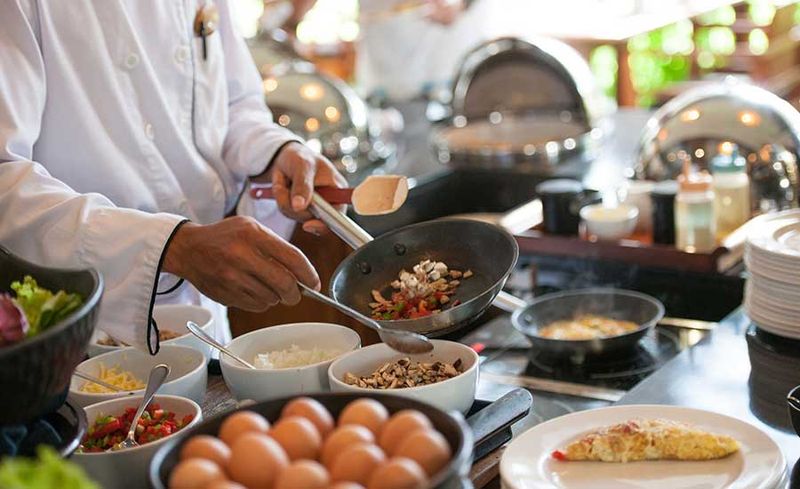
Great restaurants treat dietary needs with precision, not panic. Staff ask clarifying questions, note allergies on the ticket, and confirm dishes at the table.
The kitchen adapts thoughtfully without compromising flavor. Cross-contact protocols are visible in language and behavior, like separate utensils or pans.
Menus might mark gluten-free or vegan options honestly, not as afterthoughts. This care fosters trust and safety, letting everyone relax.
A team trained in allergens usually excels in communication and consistency. If they handle constraints gracefully, they likely execute everything else with the same disciplined respect and control.
12. Reasonable wait times communicated

Honest time estimates reduce frustration and build credibility. If there’s a wait, hosts provide accurate ranges, offer bar seating, and update you proactively.
Once seated, servers pace courses to match the kitchen’s capacity. Clear communication prevents hangry guests and rushed plates.
When the house manages expectations well, you’re less likely to see cold dishes or bottlenecks. This transparency reflects strong coordination and respect for your evening.
The best places value your time as much as your check. Predictable timing often correlates with tight ticket control and a chef who won’t overload the line.
13. Happy, engaged staff energy

Content teams deliver better hospitality. Look for small smiles, light banter, and staff helping one another without prompting.
Turnover scars a restaurant’s soul; engaged employees signal supportive management and fair systems. You’ll see servers checking each other’s sections, bartenders greeting tables, and managers running food.
This cohesion improves accuracy and speed, which you’ll taste in hot, well-seasoned plates. Guest issues get resolved quickly because morale is high.
A positive vibe isn’t fluff—it’s operational health. When the staff looks proud to be there, you’re likely in a place that respects craft and people.
14. Thoughtful lighting and sound levels
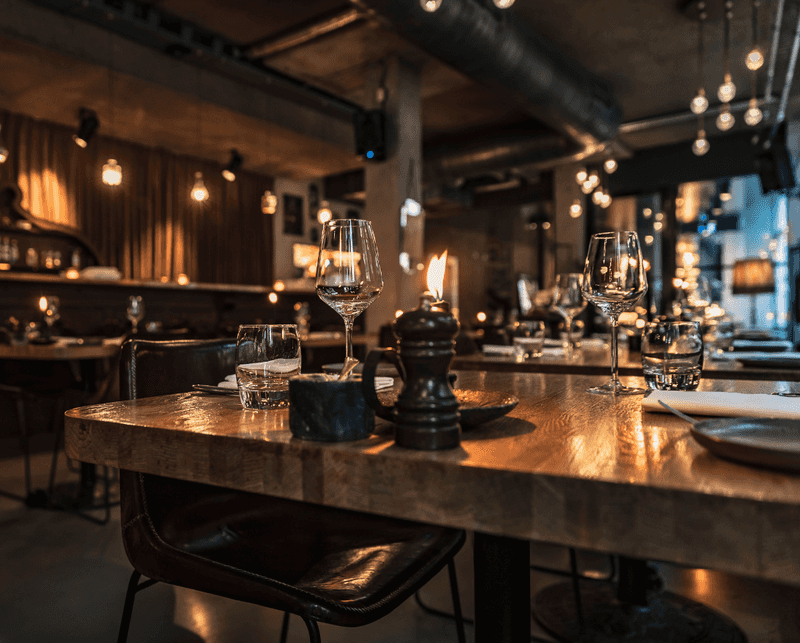
Lighting that flatters food and faces without blinding you is a subtle triumph. Sound should hum with conversation, not drown it—no harsh echoes or blaring speakers.
These choices reveal a restaurant that designs for comfort and longevity. Good acoustics reduce server strain and guest fatigue, improving overall service quality.
Proper ambiance supports pacing and temperature control, too. You’ll stay longer and order more when you feel relaxed.
Attention to sensory ergonomics hints at equal care in plating and seasoning. If the room feels tuned, the kitchen probably is, too.
15. Restrooms that mirror the kitchen

Pristine restrooms often reflect back-of-house hygiene. Check for stocked soap, paper, and clean floors; no lingering odors. Frequent checks and tidy fixtures show routine discipline.
If they sweat the bathroom details, they likely sanitize cutting boards and maintain proper food temps. The bathroom is a canary for standards guests can’t see.
You’ll feel safer eating raw items and sauces when the basics are spotless. This care reduces illness risks and signals management accountability. Clean restrooms aren’t glamour—they’re operational integrity on display, one faucet at a time.
16. Smart wine and beverage curation

A tight beverage list with clear value tiers beats a bloated catalog. Look for diverse regions, by-the-glass options, and accurate tasting notes.
Competent pairings and temperature control—chilled whites, proper reds—signal expertise. Cocktails should balance acid, sweetness, dilution, and aroma, with quality ice and fresh juice.
Non-alcoholic choices matter too: house sodas, zero-proof cocktails, or thoughtful teas. This curation respects different budgets and palates.
When beverages shine, the restaurant understands harmony and detail. Expect dishes that echo that balance—bright acids, layered textures, and seasoning that sings rather than shouts.
17. Plates arrive hot and synchronized

Temperature is a quiet measure of excellence. Hot dishes should arrive hot, with steam visible and no delays between guests at the same table.
Synchronization shows coordinated expo and runner teamwork. It preserves textures—crispy stays crisp, sauces don’t congeal—and signals respect for the chef’s timing.
If the kitchen protects heat, they likely respect rest times for meats and seasoning windows. The result is better flavor and satisfaction.
When timing clicks, service feels effortless, and you taste the dish as intended, not as a lukewarm compromise.
18. Managers present and helpful

Attentive managers circulate discreetly, checking in without hovering and jumping in to run food, reset tables, or solve issues. Their presence steadies the room and empowers staff.
When something goes wrong, they own it and fix it—comping appropriately, replacing dishes, or adjusting pacing. Visible leadership suggests strong training and communication across the team.
Guests feel supported, and problems rarely escalate. A manager who knows regulars by name hints at community roots. Leadership on the floor usually means leadership in the kitchen, too—where standards are set and upheld, plate after plate.
19. Transparent pricing and value
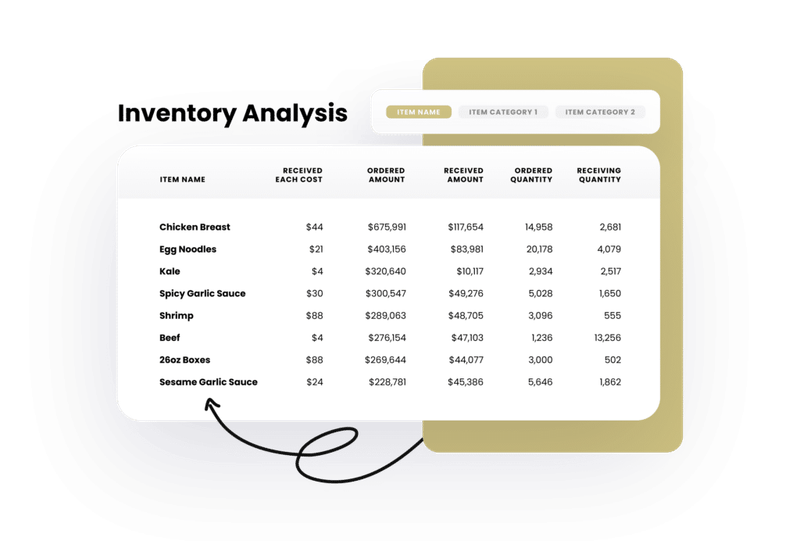
Clear prices, honest portions, and no sneaky fees build trust. Menus should match the bill; extras like bread or sauces are stated upfront.
Value doesn’t always mean cheap—it means proportionate quality and satisfaction for the price. Staff explain tasting menus or service charges without defensiveness.
When costs are transparent, you relax and enjoy. This integrity often parallels sourcing transparency and consistent execution.
A restaurant that respects your wallet usually respects your palate, too. You’ll leave feeling the experience was worth it—no surprises, just delicious clarity.
20. Consistent plating standards
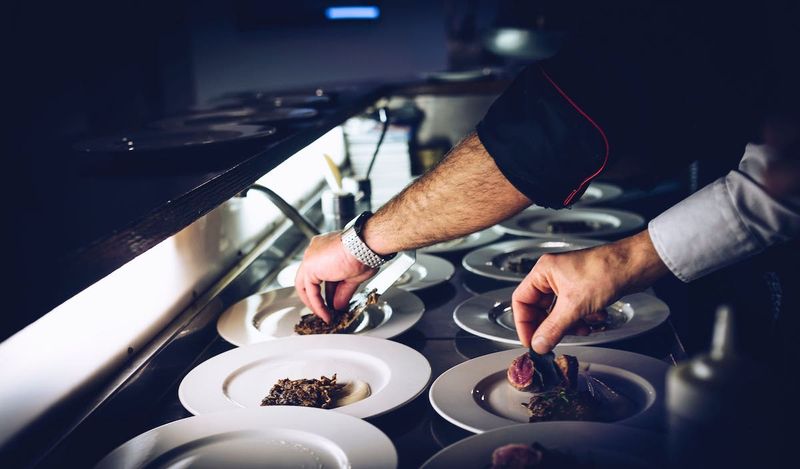
Consistency is craft. Dishes that look coherent across tables show training, recipes, and clear plating maps. Clean rims, intentional garnishes, and balanced portions indicate pride.
When a restaurant hits the same marks repeatedly, flavors are likely dialed, too. Consistency reduces waste and speeds service, which you’ll notice in smooth pacing.
It’s the bridge between creativity and reliability. While specials may vary, core items should feel familiar from visit to visit. Expect well-seasoned bites distributed evenly—no sauce sloshed on one side or overloaded salt pockets.
